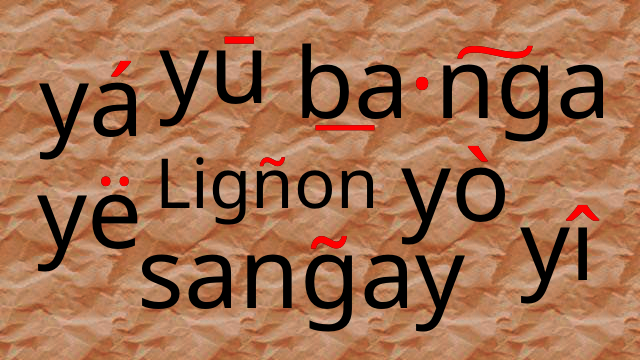
HTML

Styling diacritics
If you are wondering if there is a way to add a colour to diacritical marks, also called accent signs, then you are in the right place! Why? Because the answer is, yes, and I will show you how.

Bidirectional test case
BDI (Bidirectional Isolation)
- The title of the book is: 𐤌𐤍𐤉𐤀 𐤋 C++
- Firefox 40.0 beta (2015-07-29)
- Chrome 58.0.3018.3 dev (2017-02-25) - fixed
- The title of the book is: מבוא ל- C++
- Firefox 40.0 beta (2015-07-29)
- Chrome 58.0.3018.3 dev (2017-02-25)
- My name in Hebrew is 𐤉𐤅𐤇𐤍𐤍!
- Firefox 40.0 beta (2015-07-29)
- Chrome 58.0.3018.3 dev (2017-02-25) - fixed
- My name in Hebrew is יוחנן!
- Firefox 40.0 beta (2015-07-29)
- Chrome 58.0.3018.3 dev (2017-02-25)
BDO (Bidirectional Override)
- The title of the book is: 𐤌𐤍𐤉𐤀 𐤋 C++
- Firefox 40.0 beta (2015-07-29)
- Chrome 58.0.3018.3 dev (2017-02-25)
- The title of the book is: מבוא ל- C++
- Firefox 40.0 beta (2015-07-29)
- Chrome 58.0.3018.3 dev (2017-02-25)
- My name in Hebrew is 𐤉𐤅𐤇𐤍𐤍!
- Firefox 40.0 beta (2015-07-29)
- Chrome 58.0.3018.3 dev (2017-02-25)
- My name in Hebrew is יוחנן!
- Firefox 40.0 beta (2015-07-29)
- Chrome 58.0.3018.3 dev (2017-02-25)

The LANG attribute
In my previous post I talked about “Baybayin - the Forgotten Pre-Hispanic Writing of the Filipino”. It was added in version 5.0 of the Unicode Standard together with Buhid, Hanunoo, and Tagbanwa under the “Philippine Scripts” group. But how should we properly write or mark our content written in another language and script?
For this post, I will talk about how to correctly declare the language of your content, this way you are being friendly with translation software and helper applications, and other technologies that rely on this often taken-for-granted HTML attribute. As is shown in our image, everyone can see the writing script used, but in the digital world there are people who do not have the fonts you are using. There are also people who do not use the same browser as you and me use - it could be a text-only browser, a speech browser, or a Braille browser.
It is then only appropriate that we properly and correctly tag our content with the language and script we are using. Get ready to use the LANG attribute a lot.

The YOOki Chronicles is Yohan Yukiya Sese-Cuneta’s return into casual and personal blogging. The name “YOOki” is a mash-up of the acronym of YourOnly.One and my nickname ᜌᜓᜃᜒ (Yuki・雪矢).
Interestingly, according to Chinese legend,
.1柳
(YOO) is an ancient Chinese surname. The ancestors of the surname were closely linked with the ancient sage-king named Yu Shun. In Korea, the 유
(YU) lineage traces to the Xia, Han, and Joseon dynasties. Holders of the surname Yu or Yoo had a reputation for charity and diligence
It is also the word for “willow” or the “willow tree” which means graceful or slender; and a tree growing near a body of water which provide continuous nourishment and resources for everyone. It can also mean to exist, an oil (anointment(?)), and simply as “U” (you).
The Hanzi 紀
(ki) character means to record, be disciplined, provide order. While the Hangeul equivalent, 키
(ki), means energy, spirit, a banner, and a period of time; and is also a suffix used to make a gerund or an infinitive.
